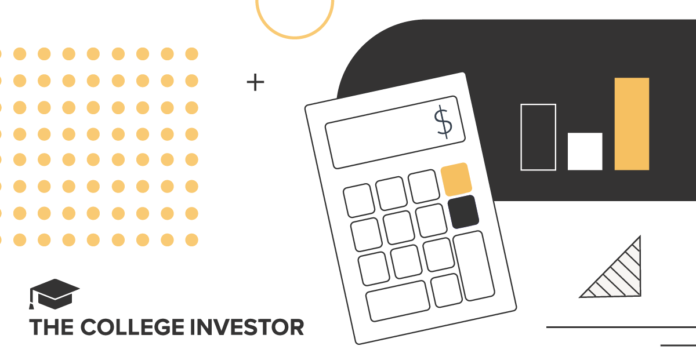Source: The College Investor
Discretionary income is the key number used to calculate your payment when you apply for an income-driven repayment plan (IBR, PAYE, SAVE/RePAYE, ICR). As such, it’s important to know what your discretionary income is, how it works, and how it can impact your student loans.
We’ve put together these calculators to help you understand what your discretionary income is. You can also learn more about this at StudentAid.gov.
Calculate Your Discretionary Income
We have provided the following discretionary income calculator. You can also do the math yourself to calculate your discretionary income. The formula is pretty simple:
Household Income (AGI) – 150% Of Federal Poverty Guideline = Discretionary Income
If you’re calculating your SAVE discretionary income:
Household Income (AGI) – 225% Of Federal Poverty Guideline = Discretionary Income
Check out the calculator below:
Note: This calculator uses the updated 2024 Health and Human Services Poverty Guidelines.
What Is Discretionary Income?
Discretionary income is this idea of the money you have left after paying your “necessary” expenses. Necessary expenses are items like housing, transportation, utilities, and food. Discretionary expenses is what’s left over – what you can use to buy “non-essentials”.
Of course, these are government calculations and ideas. It’s based on the US Poverty Level, which some argue is very low to being with.
Theoretically, you can control your discretionary income much more than your necessary expenses. This is the “latte” factor that many financial pundits talk about.
The problem with discretionary income is that many find it to be a lot higher than they expect – causing their student loan payments to be higher than they’d like.
How Discretionary Income Impacts Your Student Loans
Discretionary income plays a huge factor in calculating your payment for your income-driven repayment plan. These are what we call the “Secret Student Loan Forgiveness Programs”, because along with having an income-driven repayment, you can potentially get loan forgiveness after the repayment term.
Here’s where the calculation comes into play. Depending on your payment plan, your monthly loan payment will be capped at a certain percentage of your discretionary income:
|
Discretionary Income Percentage |
|
|---|---|
|
Income-Based Repayment (IBR) |
|
|
Income Contingent Repayment (ICR) |
Important Note: The updated percentage of 5% and the 225% poverty line for the new SAVE plan go into effect in 2024. Read about the new SAVE student loan repayment plan.
Remember, your discretionary income is calculated on an annual basis. So, to figure out your student loan payment each month, you would take that number, multiple by the percentage above, and then divide by 12 (for each month).
For a simple example, let’s say your annual discretionary income is $12,000 and you’re on PAYE. That means 10% of your discretionary income would be your student loan repayment amount. $12,000 * 10% = $1,200 per year. So, your monthly payment would be $100.
How To Reduce Your Student Loan Payment
Many borrowers still find that being on an income-driven repayment plan is tough. There still might not be a lot of money left after the student loan payment is made. As such, you might still be considering ways to reduce your student loan payment.
First, make sure that your income and household size are correct. If your income changes during the year, make sure that you re-certify your current income so that your payment is accurate.
Second, realize that income-driven repayment plans are the “best” option you have for getting a low monthly student loan payment.
In some cases, it could make sense to refinance your Federal student loan and get a low interest private student loan. We break down the list of the best places to refinance your student loans here, and you can see in minutes if that makes sense.
Final Thoughts
Discretionary income plays an important role in your student loan debt. Use our discretionary income calculator to find out what your discretionary income is, so that you can accurately assess what your student loan payment should be.
Remember, if you have any questions, you can contact your student loan servicer, or go online to StudentAid.gov.
If you’re not quite sure where to start or what to do, consider hiring a CFA to help you with your student loans. We recommend The Student Loan Planner to help you put together a solid financial plan for your student loan debt. Check out The Student Loan Planner here.
Create your very own Auto Publish News/Blog Site and Earn Passive Income in Just 4 Easy Steps







